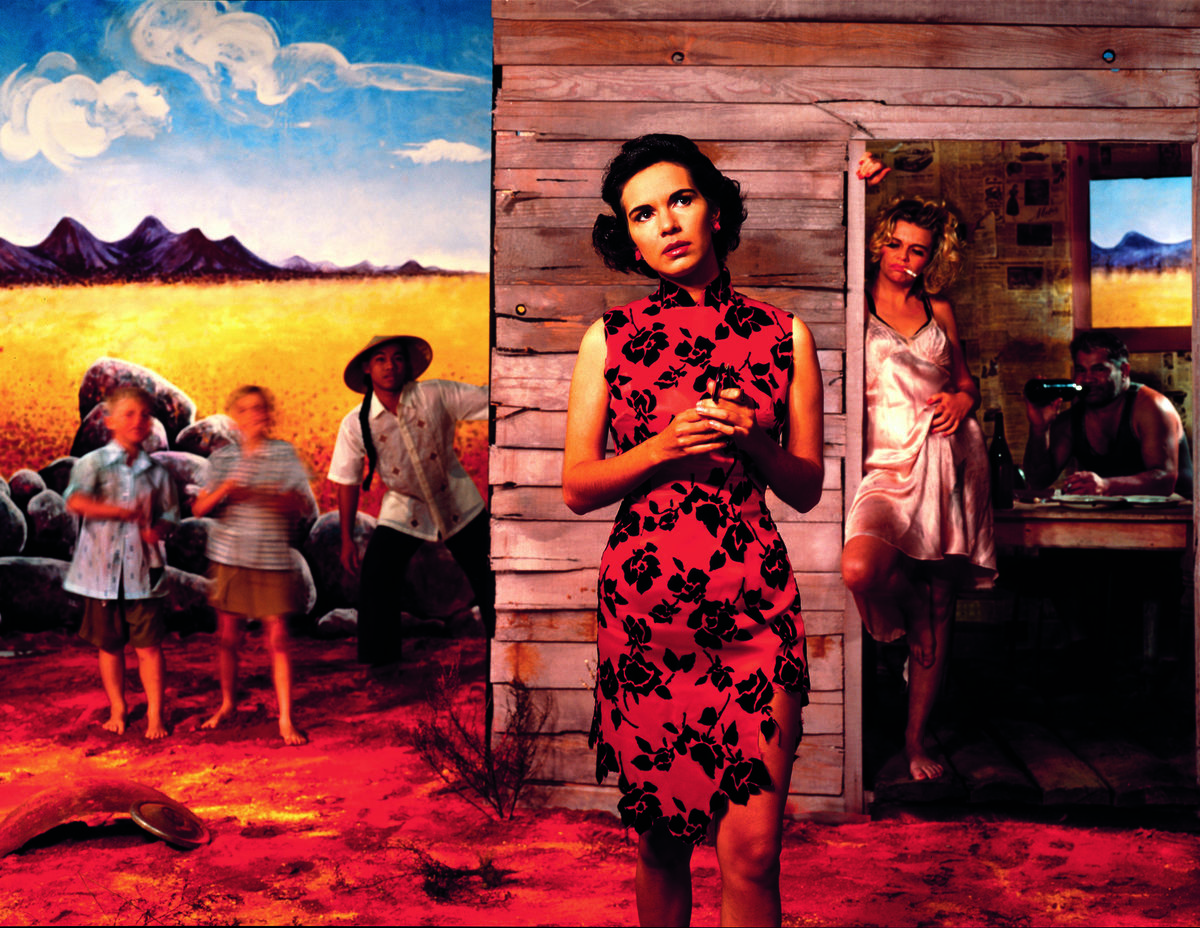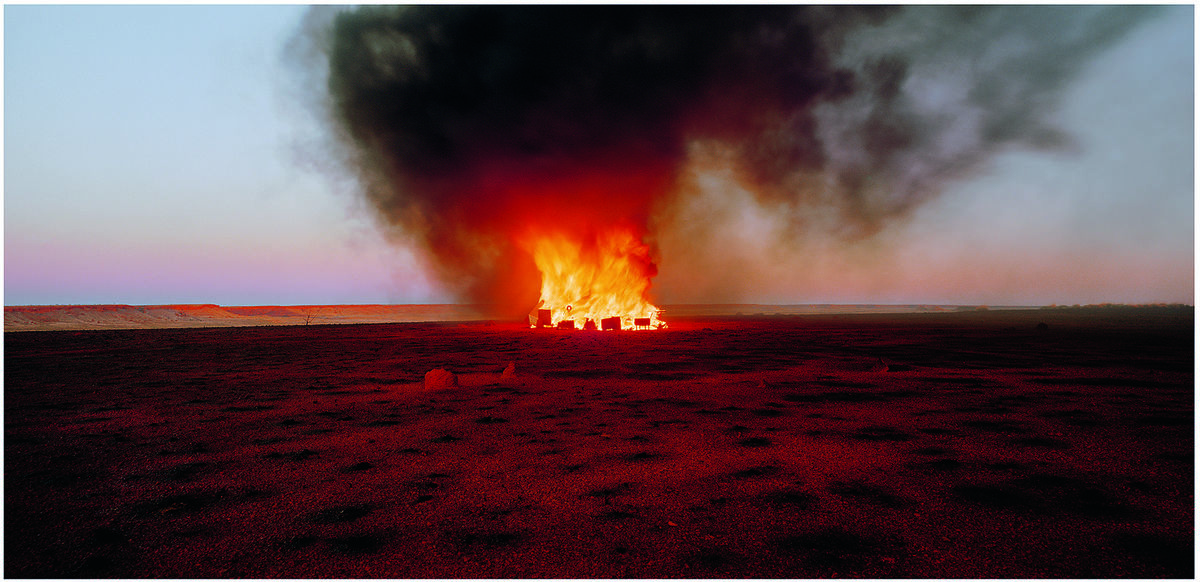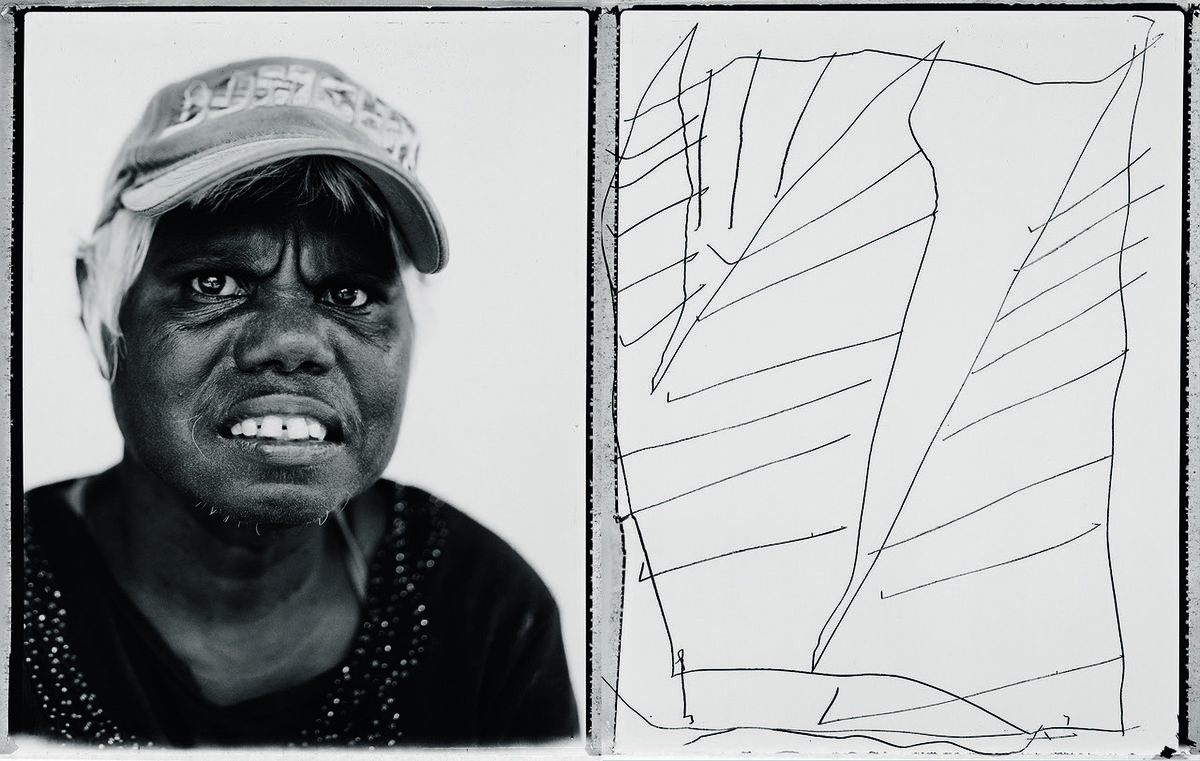Exhibition | Under a Southern Star: Identity and Environment in Australian Photography

Contemporary photography plays a key role in communicating the timely themes of cultural identity and environmental consciousness. The exhibition Under a Southern Star: Identity and Environment in Australian Photography delves deeply into these themes, offering a profound exploration of Australia’s complex cultural landscape and its increasingly fragile natural environment through a variety of techniques and approaches. On view through January 5, 2025, Under a Southern Star will be the final exhibition installed in the Museum’s Art on Hulfish space, which closes next year in preparation for the opening of the new Museum building.
Anchoring the presentation are fifty arresting works by contemporary Australian artists that contest traditional notions of Australian national identity, which are represented in Under a Southern Star by several earlier photographs that uphold the image of a white, ruggedly independent, and masculine culture. Such stereotypes have long dominated Australia’s colonial and postcolonial history and are countered here by the inclusion of works by Aboriginal photographers, who assert the primacy of their cultural ancestry through compelling narratives.

The Bidjara artist Michael Cook’s Telephone (2017), from his Invasion series, subverts Australian colonial history by transporting native giant birds to contemporary London, in the heart of the onetime “mother country,” where these unexpected “invaders” render the former colonial power prey to marauding aliens. Referencing cinematic sources such as Alfred Hitchcock’s The Birds (1963), Cook’s work challenges established historical perspectives through its compelling visual commentary on the disruption experienced by Aboriginal Australians enduring colonization.

Challenging traditional Australian landscape photography is key to the work of Rosemary Laing, whose burning Ayer #6 (2003) imaginatively confronts the contradictions of settlement and the historical dispossession and expropriation that came with colonization. The title of the work refers to Uluru, the immense sacred rock formation located in Australia’s Northern Territory, which was named Ayers Rock by Europeans in 1873. In 1985 the custodianship of Uluru was returned to its traditional Aboriginal owners, and its Pitjantjatjara Aboriginal name was restored in 1993. The image depicts the burning of IKEA-style furniture on the desert floor, symbolizing the imposition of Western-style habitation on Indigenous land. Laing’s performative act served as a metaphoric cleansing, evoking transformation and renewal. By juxtaposing mass-produced domestic items with the vast Australian outback, she creates a powerful dichotomy that suggests hope for connection between people and place.


Appropriating found photographs is central to Vee Speers’s practice in her recent series Guilty/Not Guilty (2022), in which she transforms twentieth-century black-and-white mug shots into larger color photographs and videos though hand-coloring and AI animation. By animating and giving voice to the subjects of the mug shots, Speers allows these individuals to define themselves against charges of petty crimes, thereby potentially elevating their status from criminal to hero. This transformation echoes the story of Ned Kelly, the infamous Australian bushranger whose crimes in the 1880s were driven by perceived societal injustice. By opening a dialogue about criminality, Speers invites viewers to reconsider Australia’s history as a British convict colony.
Under a Southern Star is not merely an exhibition of photographs; the selections offer a thought-provoking exploration of Australia’s past and present. Through a diverse array of artistic voices and techniques, the exhibition navigates the complexities of cultural identity, environmental stewardship, and the ongoing process of postcolonial reconciliation. It invites viewers to reconsider their perceptions of Australia and to engage deeply with the stories and perspectives of its people. As visitors immerse themselves in this exhibition, they are not only witnessing the evolution of Australian photography but also participating in a broader conversation about what it means to inhabit this vast and diverse continent under a shared star-filled southern sky.
Under a Southern Star: Identity and Environment in Australian Photography is curated by Deborah Klochko, former executive director and chief curator, Museum of Photographic Arts at the San Diego Museum of Art; and Graham Howe, founder and CEO, Curatorial Exhibitions; with Ashley Lumb, independent curator. This exhibition was originated by the Museum of Photographic Arts at the San Diego Museum of Art, with generous support from the Farrell Family Foundation, and is toured by Curatorial Exhibitions, Pasadena, California.
Art on Hulfish is made possible by the leadership support of Annette Merle-Smith and Princeton University. Generous support is also provided by William S. Fisher, Class of 1979, and Sakurako Fisher; J. Bryan King, Class of 1993; John Diekman, Class of 1965, and Susan Diekman; Julie and Kevin Callaghan, Class of 1983; Annie Robinson Woods, Class of 1988; Barbara and Gerald Essig; Rachelle Belfer Malkin, Class of 1986, and Anthony E. Malkin; the Curtis W. McGraw Foundation; Tom Tuttle, Class of 1988, and Mila Tuttle; Nancy A. Nasher, Class of 1976, and David J. Haemisegger, Class of 1976; the Len & Laura Berlik Foundation; Gene Locks, Class of 1959, and Sueyun Locks; and Palmer Square Management.